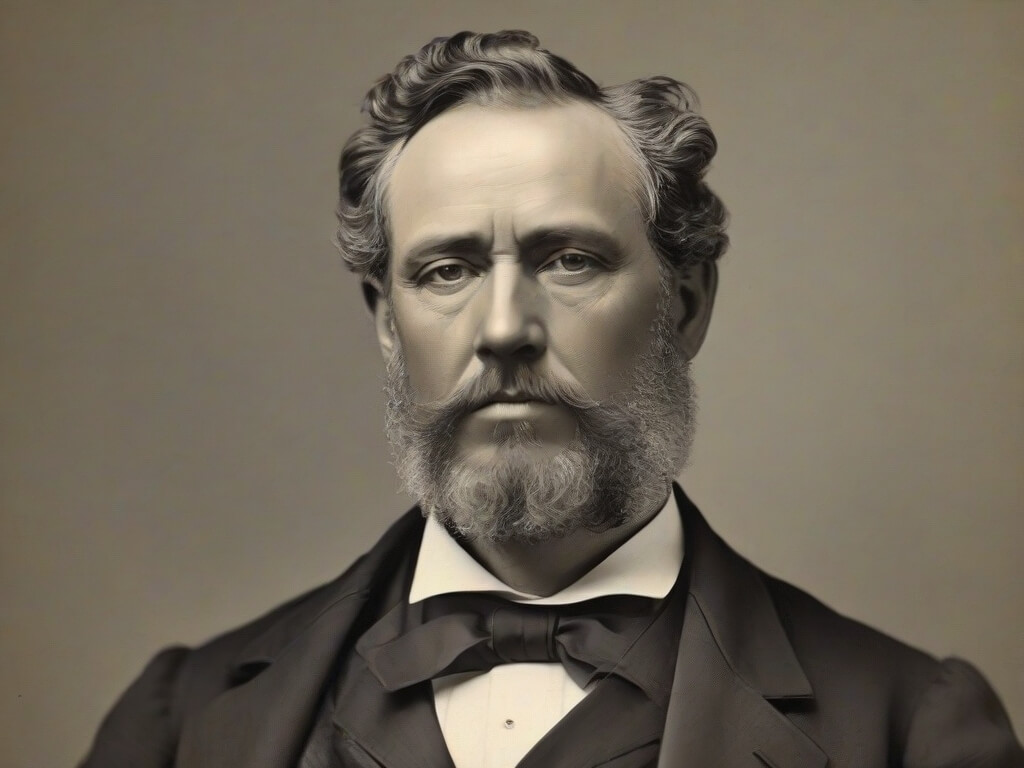Explore the life and legacy of Andrew Haswell Green, the visionary behind Central Park, cultural institutions like the Met and the American Museum of Natural History, and a key player in the consolidation of New York City’s boroughs.

Andrew Haswell Green (1820–1903) was a prominent American lawyer, city planner, and civic leader known for his significant contributions to the development and modernization of New York City in the late 19th century.
Biography
Andrew Haswell Green was born on October 6, 1820, in Worcester, Massachusetts. He was the son of Rufus Green and Martha Haswell Green. He attended Harvard University, graduating in 1839. After completing his education, he moved to New York City and began a career in law.
Green’s early legal career was successful, and he gained recognition for his competence and integrity. He became involved in public service in the mid-19th century, holding positions such as Assistant Corporation Counsel for the City of New York. His financial expertise led to his appointment as New York City Comptroller in 1860, and later as New York City Controller in 1871.
One of Green’s most significant contributions was in the realm of city planning. He played a crucial role in the creation and development of Central Park, one of the most iconic public spaces in the world. Green’s dedication to urban planning extended to his involvement in the establishment of cultural institutions, including the Metropolitan Museum of Art, the American Museum of Natural History, and the New York Public Library.
Green was a strong advocate for civil service reform and good governance. He worked towards the improvement of education in the city and played a key role in the establishment of the New York City Board of Education. His efforts were also pivotal in the consolidation of the five boroughs into Greater New York in 1898, creating the modern administrative structure of New York City.
Tragically, Andrew Haswell Green’s life was cut short when he was assassinated on November 6, 1903, by a man named Cornelius Williams. Williams, described as mentally unstable, attacked Green near Madison Square Park. The motives behind the assassination remain unclear.
Despite his untimely death, Green’s legacy lived on through the institutions and reforms he helped establish in New York City. His vision for a well-planned, culturally rich, and efficiently governed city had a lasting impact, and he is remembered as a key figure in the city’s history.
What is Andrew Haswell Green Famous for?
Andrew Haswell Green is primarily famous for his significant contributions to the development and modernization of New York City in the late 19th century. Here are some key aspects for which he is renowned:
- City Planning: Green played a crucial role in the planning and development of Central Park, one of the most iconic urban parks in the world. His efforts in shaping the design and vision for Central Park have left a lasting impact on New York City.
- Cultural Institutions: Green was instrumental in the establishment of several major cultural institutions in New York City, including the Metropolitan Museum of Art, the American Museum of Natural History, and the New York Public Library. His support for these institutions contributed significantly to the cultural richness of the city.
- Public Service and Fiscal Management: Green served in various public offices, including the positions of New York City Comptroller and New York City Controller. He was known for his financial acumen and dedication to responsible fiscal management, helping to bring stability to the city’s finances.
- City Consolidation: Green played a key role in the consolidation of the five boroughs of New York City into Greater New York in 1898. This merger created the modern administrative structure of the city, bringing together Manhattan, Brooklyn, Queens, The Bronx, and Staten Island.
- Advocate for Civil Service Reform: Green was a strong advocate for civil service reform and good governance. His efforts in this regard included the establishment of the New York City Board of Education, contributing to improvements in the city’s educational system.
Despite his tragic assassination in 1903, Andrew Haswell Green’s legacy continued through the institutions and reforms he helped establish, making him a significant and respected figure in the history of New York City.